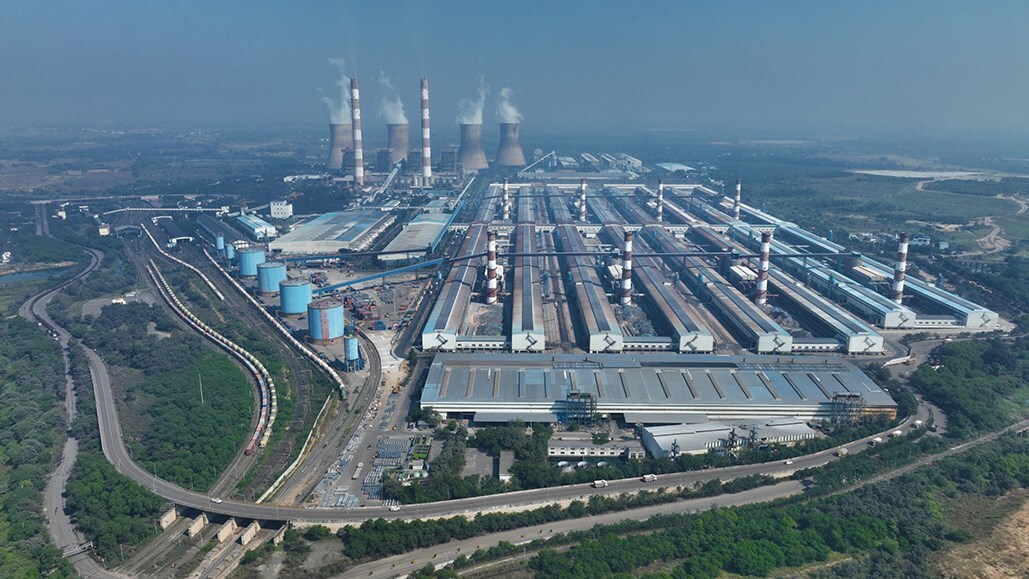

Vedanta Ltd has again pushed back the date for its ambitious demerger. It has moved the target deadline from September 2025 to March 31, 2026, as it awaits approval from the National Company Law Tribunal (NCLT) and completion of related restructuring formalities.

Image source: Vedanta Aluminium
The crown jewel of the conglomerate
Vedanta’s aluminium assets have long been seen as the crown jewel of its diverse portfolio. Under the original demerger blueprint, the company planned to spin off Vedanta Aluminium as a separate pure-play entity, bundling its bauxite mines, alumina refineries, smelters, and captive power capacity into this vertical. However, this is not the first delay in the plans it has experienced.
In fact, in earlier versions of the plan, Vedanta envisaged up to six demerged units; subsequent iterations consolidated base metals within the parent and refined the count to five standalone entities, including aluminium.
Because of its scale and earnings contribution, Vedanta Aluminium is expected to account for a disproportionately large share of value creation post-split. Earlier reporting noted that the aluminium business contributes 55-58 per cent of Vedanta’s consolidated revenues and commands among the highest operational leverage within the group.
Delay raises execution risks, but also opportunity
The latest extension is due to regulatory and legal complexities inherent in the reorganisation, but it also delays clarity for aluminium investors. If Vedanta Aluminium were listed independently, its valuation would improve. It would stand on its own fundamentals of production, growth, energy costs, resource access, and capital structure, rather than being diluted within the conglomerate. This comes at a time when the firm is already planning a massive production expansion.
Alongside the delays, debt allocation is also an issue. Company sources have indicated that the debt burden will be carved out in proportion to the book value of assets allocated to each demerged company, so Vedanta Aluminium may shoulder a meaningful share of liabilities.
Another key variable is energy sourcing. Vedanta Aluminium’s operations are highly power-intensive. In recent public statements, the aluminium arm has affirmed it will not add further coal capacity and is targeting 30 per cent of its power mix from renewables by 2030, up from under five per cent currently. That green pivot may help the standalone aluminium company differentiate itself in a more ESG-aware capital market.
While the demerger delay is a disappointment for those hoping for a near-term unlocking of shareholder value, it may buy time for Vedanta and regulators to iron out disclosures, approvals and asset allocations. If successful, Vedanta Aluminium would emerge as one of the most visible and scalable pure-play aluminium companies in India, unshackled from conglomerate valuation discounts. But until the regulatory green lights arrive, the path is likely to stay bumpy.
To learn about the furture market of the aluminium industry, read our report: Global Upstream Aluminium Industry Outlook 2025
Responses








